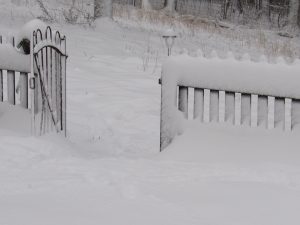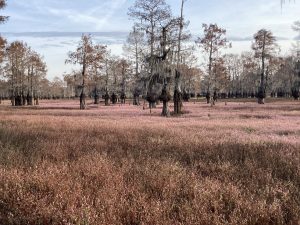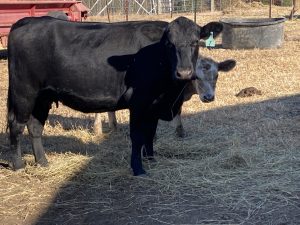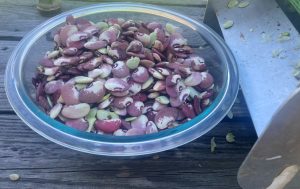A few nights back, we sat at our kitchen table and wrote out our Christmas cards. Our house is still undecorated, as it is our personal tradition to put up a tree, decorations, and greenery the week before Christmas. Although, on the mantle, over the woodstove, there are a smattering of early arrival cards. Not entirely festive, yet. But it is in the air, you know.
This post, below, was published back in 2016. Since that date many of the older generation of friends and family have passed away. But we both have nieces and nephews who have moved out, married, and now have growing families of their own, since I wrote this piece. So, the list as we worked through it remained both familiar and new, a summary of the arc of life contained in an address list.
With Vince Guaraldi in the background, we wrote and addressed our annual Christmas cards last night. An old-fashioned exercise that echoes in our warm kitchen with news of the past year. Our modest notes convey best wishes, some with hopes to see more of this friend or that family member in the coming year. Inevitably there are deletions due to death, divorce, or the odd friend who drifted away.
Sending Christmas cards is a practice in the naming of the past, a remembrance of the history of our friendships and family ties. For myself, the ritual is carried out with little eloquence and appalling handwriting. Yet, each year I look forward to the occasion.
We sit amicably at the table for a few hours before a late dinner, occasionally commenting but mostly in silence. We jot down a few words to convey knowledge of intimate details. There are those to whom wishing joy seems misplaced: the friend whose only sibling collapsed this season after shoveling snow, a nephew and niece still feeling the loss of their mother, the friend facing his second Christmas as a widow after the unexpected death of his wife, my cousin.
There are friends and family far away that we visit with seldom except through letters or phone calls. The friend I met in an Asheville pub one evening who has a longstanding invitation to visit our farm from her village in England. Another in London whose annual Christmas Day call is a tradition of over 26 years. The friends in town and in our valley that we see often and would see more of if our lives were not so busy.
The act of signing the card becomes a bridge. Though the words are too short and not particularly profound, the underlying message is that there is a bond. That there is a connection across distance and time and in some cases through death that each card represents. It gives us a moment to reflect with gratitude on those who are part of our lives.




